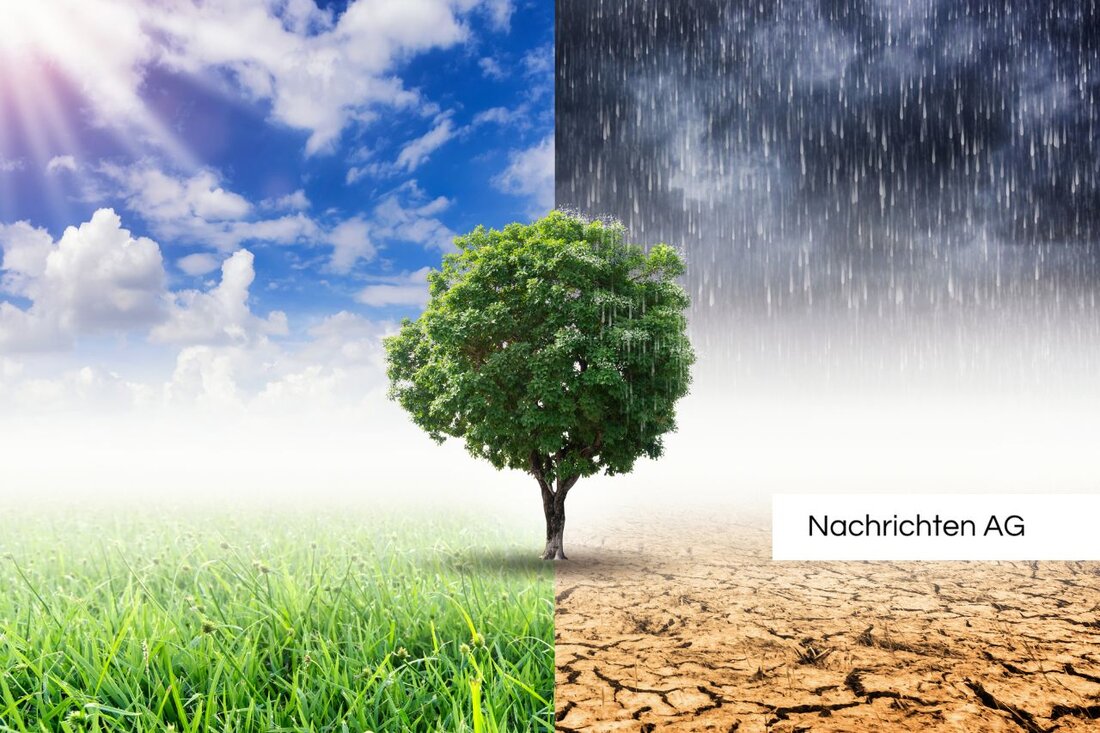Alarming levels: What risk of flooding is threatened today on the Baltic Sea?

Alarming levels: What risk of flooding is threatened today on the Baltic Sea?
water levels on the Baltic Sea are an issue that not only interests experts, but also the residents on the coast. On June 25, 2025, the current situation in Mecklenburg-Western Pomerania causes lively interest. The water levels, which are raised at various measuring stations such as Wismar, Warnemünde and Stralsund, play a crucial role in the safety of the coastal dwellers. According to the Ostsee-Zeitung The terms "medium low water" (MNW) and "Medium Flood" (MHW) were explained, which are important for the classification of the water levels.
The medium low water in Warnemünde is 407 cm and the average flood is 617 cm, each measured over a period of ten years. Historically, the highest flood in Warnemünde is documented with 770 cm on November 13, 1872. A look into the deepest past shows that 332 cm was captured on October 18, 1967 as the lowest water level.
storm floods in the Baltic Sea
storm floods accept different shapes on the Baltic Sea coast. The Federal Institute for Sailing and Hydrography informs about monthly water level reports that not only monitor an overview of high and low water, but also monitor the water temperatures. Even small increases in the water level can lead to storm surges in conjunction with strong winches that are considered to be on the side.
The various storm surge classes divide the phenomenon into storm surges, medium storm surges, heavy storm surges and very heavy storm surges that can rise over 2.00 m. An extreme flood experienced last October led to damage of 56 million euros, with the city of Sassnitz needed around 42 million euros alone to restore the infrastructure. In addition, there are 6 million euros for the compensation measures of the sand losses suffered on beaches and dunes.
long -term evaluation and risks
Overall, it can be said that the monitoring of the water levels on the Baltic Sea is not only essential for the current safety of coastal dwellers, but also for the planning measures against future storm surges. The forecasts and reports of the responsible institutions are indispensable tools to better counter the risk of natural hazards.
| Details | |
|---|---|
| Ort | Warnemünde, Deutschland |
| Quellen | |
